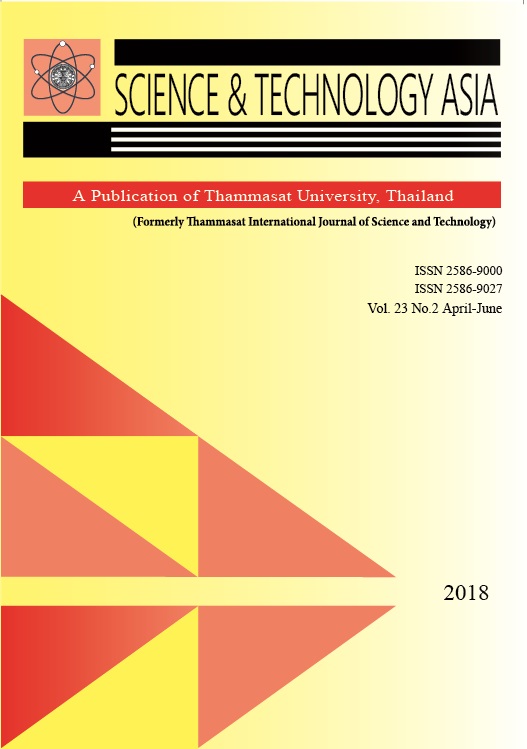Concrete Crack Detection Using the Integration of Convolutional Neural Network and Support Vector Machine
Keywords:
Convolutional Neural Network; Computer Vision; Concrete Structure; Crack Detection; Support Vector MachineAbstract
Crack detection in concrete structures is an important task in the inspection of buildings to ensure their safety and serviceability. Previous studies relating to crack detection via image-processing and machine learning techniques generally involve the complex modelling of cracks and the extraction of hand crafted crack features. This approach often fails to apply to images from a real environment. This paper proposes a new image-based crack detection system using a combined model of classifiers, namely a Convolutional Neural Network (CNN) and a Support Vector Machine (SVM), which was proven to perform better than the methods involving the handcrafted features. In the proposed technique, a CNN is used in extracting deep convolutional features from the RGB images of cracks and an SVM classifier is used as an alternative to a softmax layer to enhance classification ability. The combined model automatically extracts features and determines whether or not an image patch belongs to a crack class. A dataset of 550 images are collected by a digital camera from various locations, and from the results, it is concluded that the proposed method is able to identify cracks on concrete surface with an accuracy of 90.76 %








